Solitude can feel like a prison to those who don’t want it, while others deliberately seek to be alone in the hope of liberating themselves from noise and busyness. Many hermits across the ages can be seen to have chosen their isolation. However, as history tells us, the question of choice hasn’t always been so clear-cut.
The hermit life from medieval to modern
Words by Kate Wilkinson
- In pictures

The hermit life has long been a tradition associated with seclusion and (religious) contemplation, away from the distractions of a flawed society. In Christianity, figures such as St Paul the First Hermit embody the idea of a simple, solitary life and imbue a sense of tradition to the religious solitaries that come throughout history. For believers, no one is ever really alone, as they are always with God.
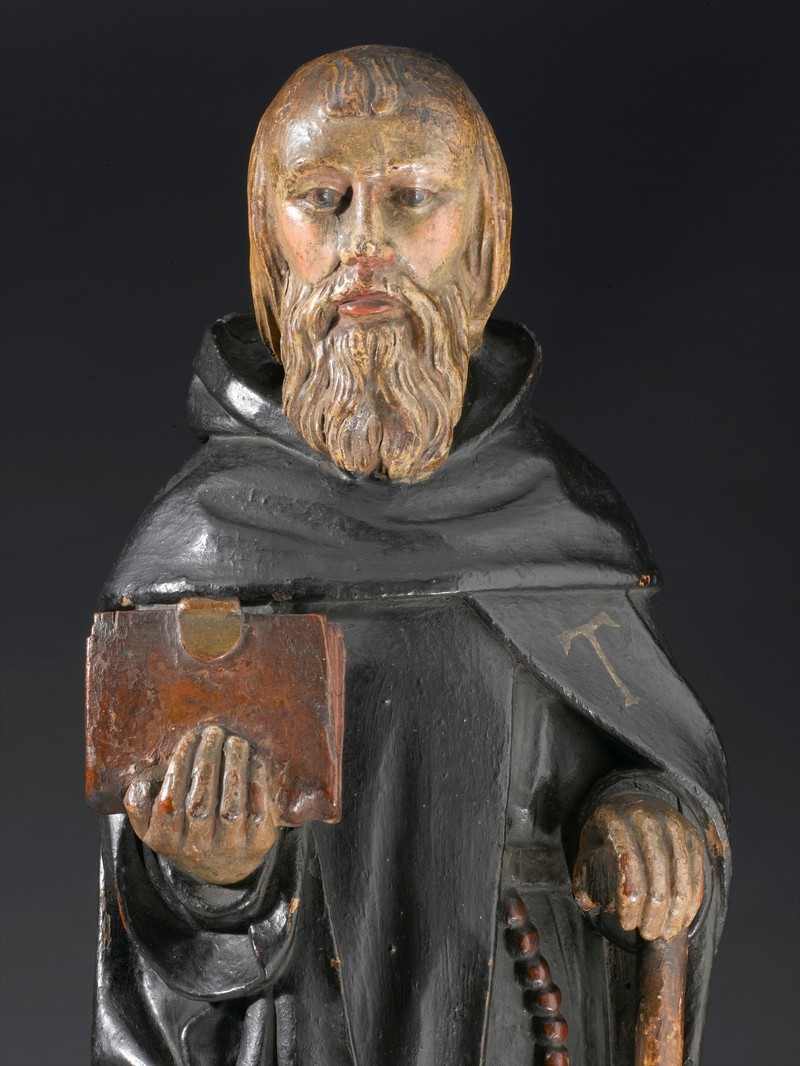
Noble families in Medieval Europe used to offer a child up to the church as a hermit. The child would live in a specially built bricked-up room in the wall of a church with an opening allowing them to receive food and send out waste. Though an honourable position at the time, now we tend to see this sort of solitary confinement as a punishment.
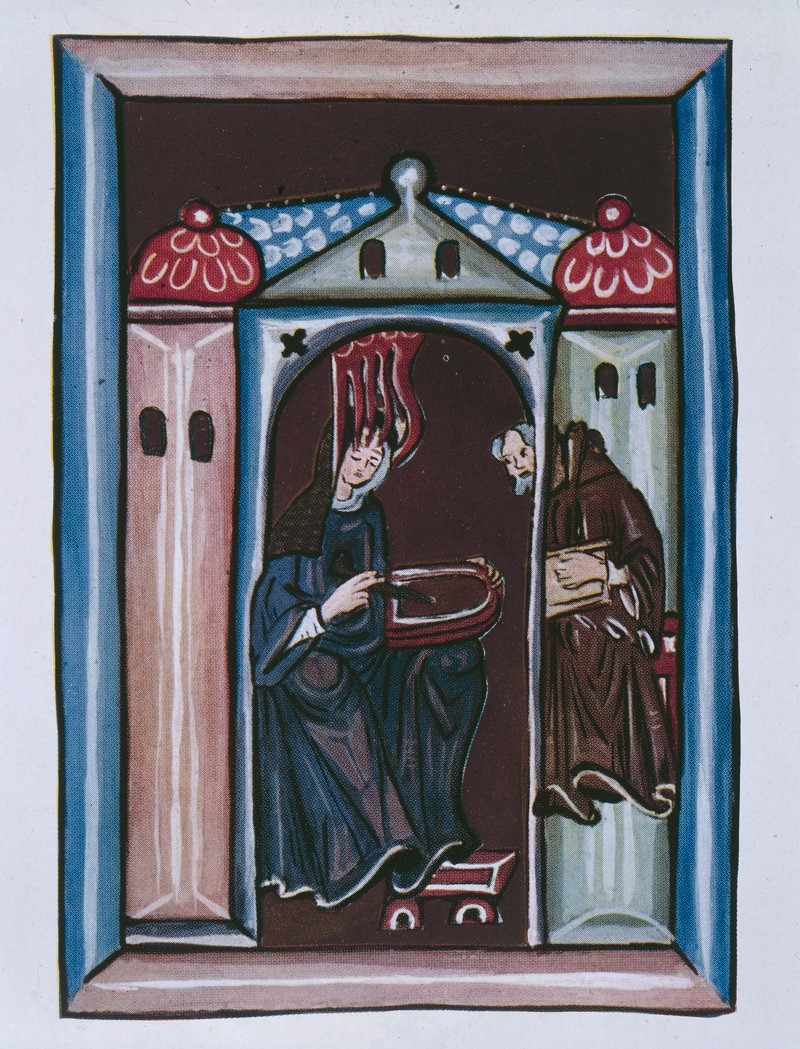
One of the most famous women of her time, Hildegard von Bingen was offered by her parents to be enclosed at the remote Benedictine monastery of Disibodenberg when she was still a child. Like the English anchoress, Julian of Norwich, Hildegard experienced visions and became an influential religious figure.
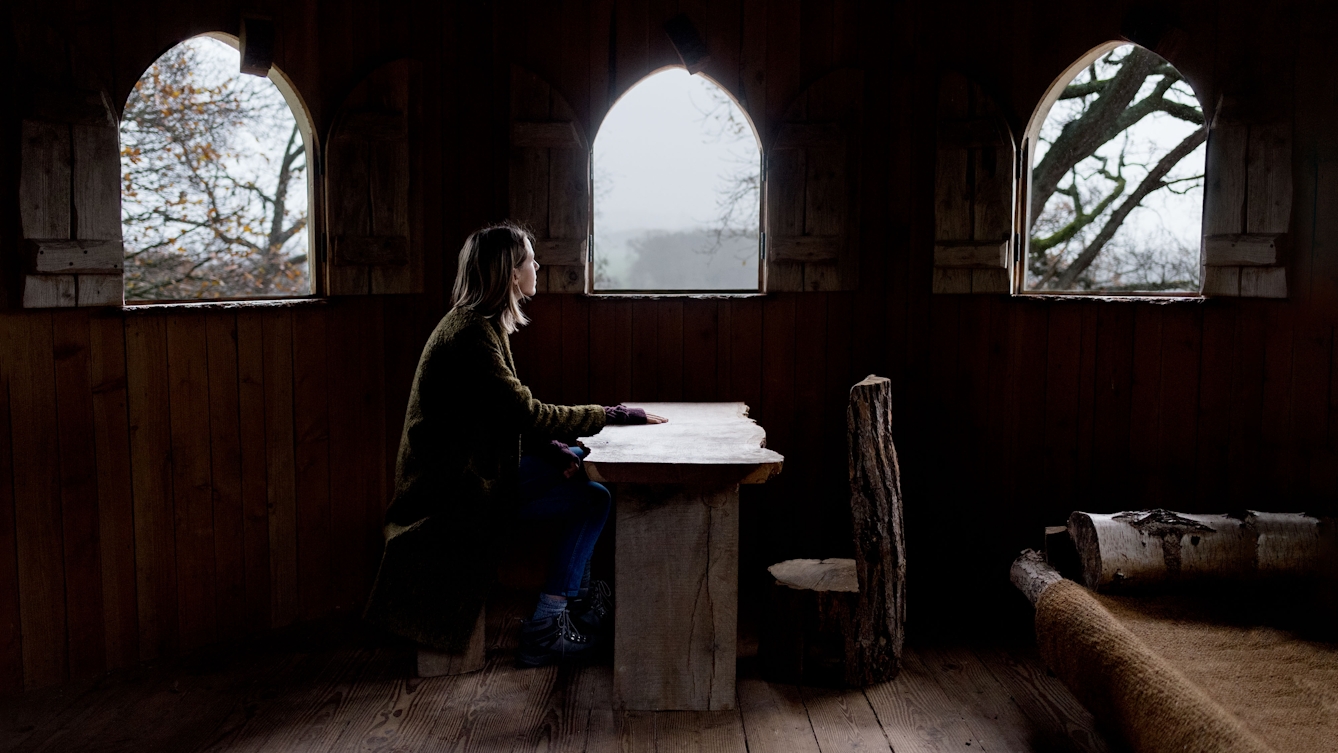
The 18th century saw the emergence of a trend among wealthy landowners to build a hermitage in their grounds and either use it themselves or employ a permanent ornamental hermit. The historian Gordon Campbell describes the trend: “At its core lies a notion of contemplative solitude and pleasurable melancholy, but it was also a fashion.”
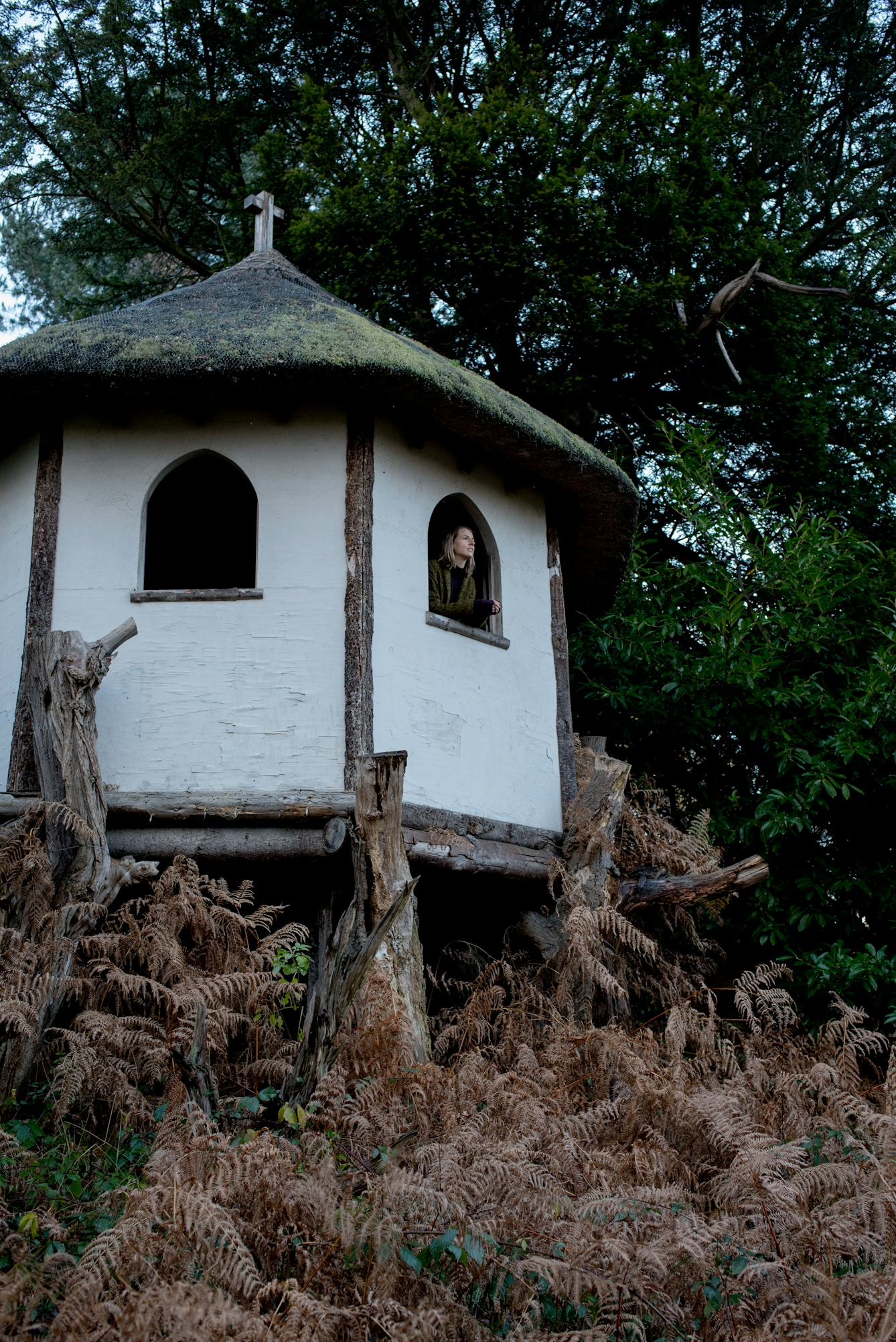
In the mid 18th century Charles Hamilton advertised for a hermit at his 200-acre estate in Surrey. Hamilton set out many conditions, including banning the successful candidate from cutting his hair, beard or nails, or speaking with anyone. Despite the fact the post was well paid and meant to last seven years, the applicant was evidently not cut out for the solitary life. He was found in a local pub and dismissed from his role within weeks of starting.

Hamilton’s demands also stated that his hermit must wear a ‘camlet robe’ – a robe made from woven camel or goat’s hair. John Bigg, a legendary hermit of the 17th century, wore a peculiar outfit made from the scraps of leather he nailed into his clothes.
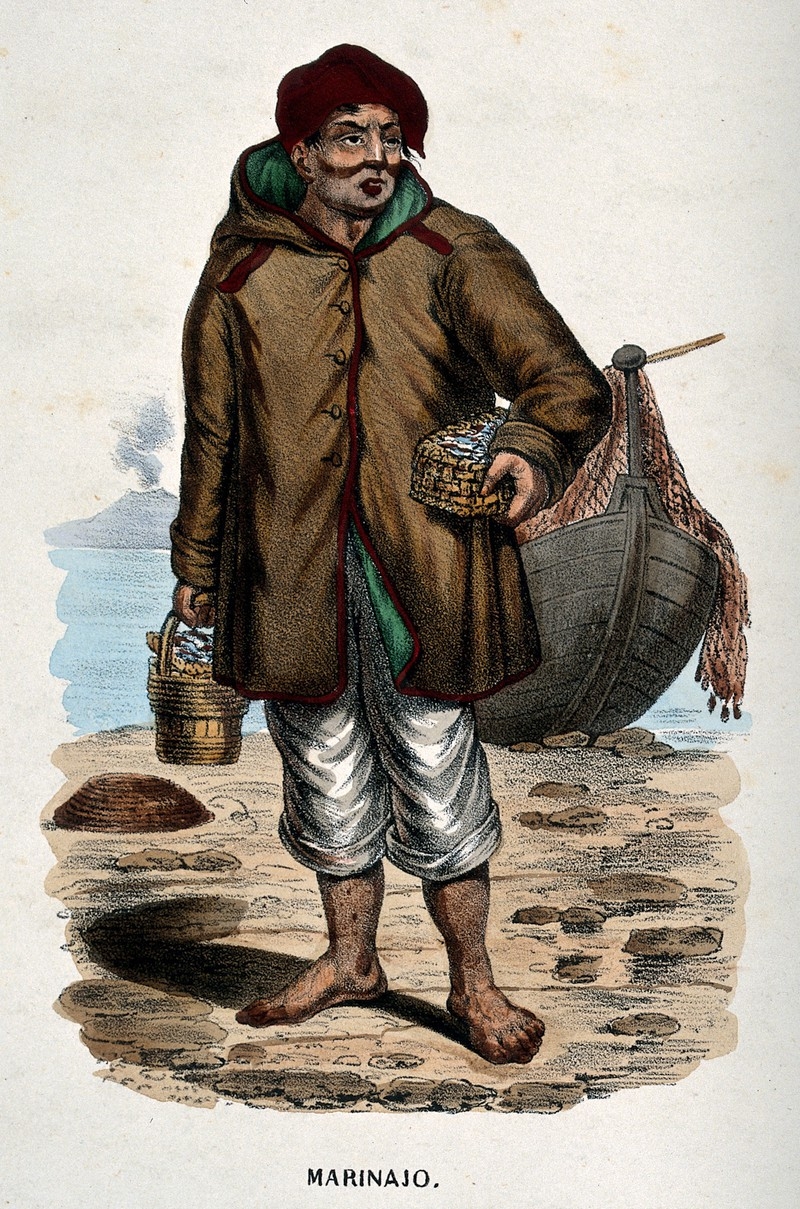
Modern hermits take many forms, not all of them bearded and wearing strange clothes. In ‘A Book of Silence’, published in 2008, Sara Maitland looks at the lives of people today who occupy solitary states, such as solo sailors and polar explorers, as she reflects on her own pursuit of solitude and silence on the Isle of Skye.

Society has often looked to hermits for the insight they are presumed to have gained through solitude. While in some cultures hermits have embraced the role of wise man or healer, others would rather be left alone. The journalist Michael Finkel interviewed the notorious ‘North Pond hermit’, from Maine in the US, when he was captured after over 20 years of solitude, but struggled to glean the profound insights he was hoping for.
The past century has seen rises in both disconnection and interconnection: single-occupancy households are on the increase, while the internet and communication systems have brought us closer together than ever. The desire to get away from it all remains strong, as evidenced by the competition to occupy a cliff-side hermitage in Austria in 2017.
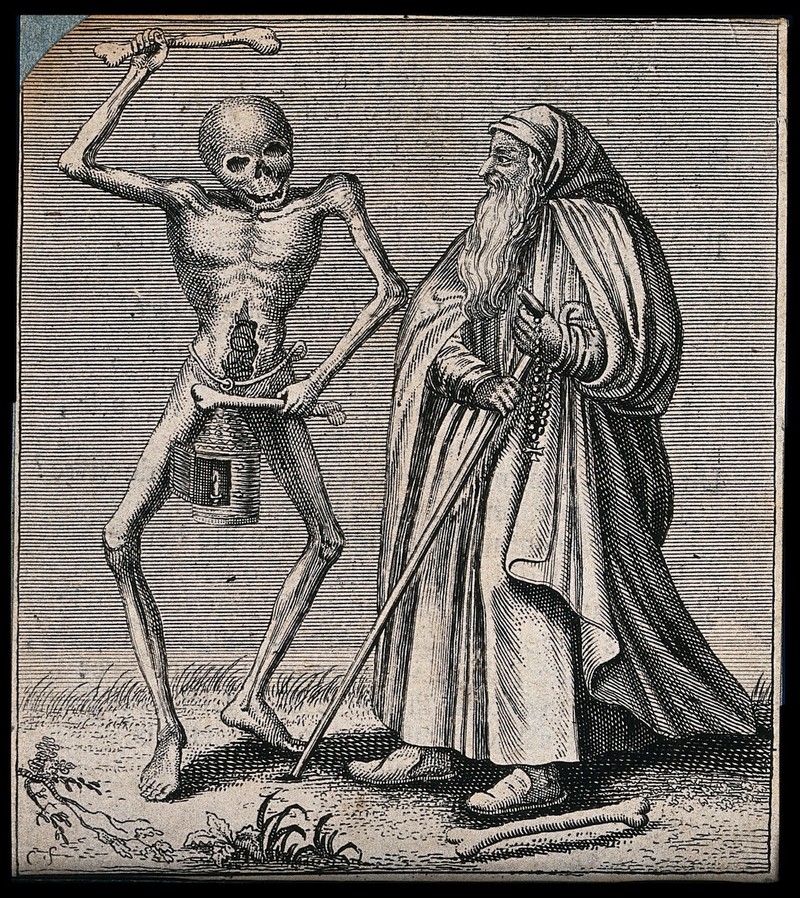
Though hermits throughout the ages have adopted different roles in the public imagination, they all face the question of how to live completely and radically alone. For many, this state has had huge mental challenges, and in some cases the dangers of being alone have proved deadly. But for those who genuinely seek it, the solitude of the hermit life can have its rewards.
About the author
Kate Wilkinson
Kate works at Pushkin Press. When not submerged in a book, she can be found walking or practising Spanish. Sometimes both at once.

